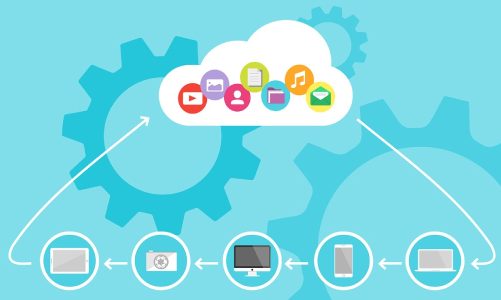A company needs all of this if it wants to get the right data into the hands of analysts.
Table of Contents
Key Features Of Big Data
Big data scientists identify three aspects of collecting and processing large amounts of data: volume, variety, and speed.
Volume
The volume of data directly affects the costs of storing and changing them. While it is true that data storage costs are declining exponentially (data storage costs $0.03 per GB today compared to about $10 per GB in 2000), the number of available data sources has increased so much that it has offset the decline. Information storage costs.
Diversity
This is another important aspect of the data. On the one hand, diverse sources can provide a richer context and a complete picture. So weather forecasts, inflation data, and social media posts can be very helpful in understanding the sales of your products. However, the more diverse the data type and sources (CSV files from one source, JavaScript objects (JSON) from another source, the hourly weather is displayed here, and the inventory data is here), the higher the integration costs will be. Putting all the data together isn’t easy to get the big picture.
Speed
The amount of data to be processed per unit of time. Imagine that during a presidential debate, you need to analyze tweets to deduce the overall mood of the voters. It is necessary not only to process a huge amount of information but also to quickly provide generalized information about the nation’s mood regarding comments during the debate. Large-scale real-time data processing is complex and expensive. (In some cases, companies emphasize another dimension, “validity,” to characterize the quality of the data.)
It took time even for companies that collect massive amounts of data today, such as Facebook, Google, and the US National Security Agency (NSA). It is possible to build data sources, relationships between them, and data processing capabilities over time. A rational and well-thought-out data provision strategy is required. In most companies, data teams are resource-constrained: they can’t do everything at once, so they have to prioritize which data sources to work with first. The reality is that the data collection process is slow and sequential: there are always unforeseen delays and problems, so you have to focus on value, ROI, and the impact that a new data source will have on the company.
Also Read: All About Data Engineers And Tools They Use



